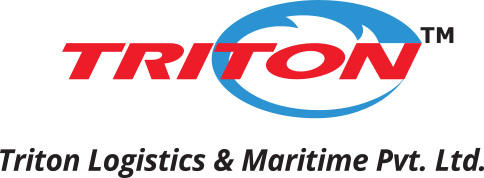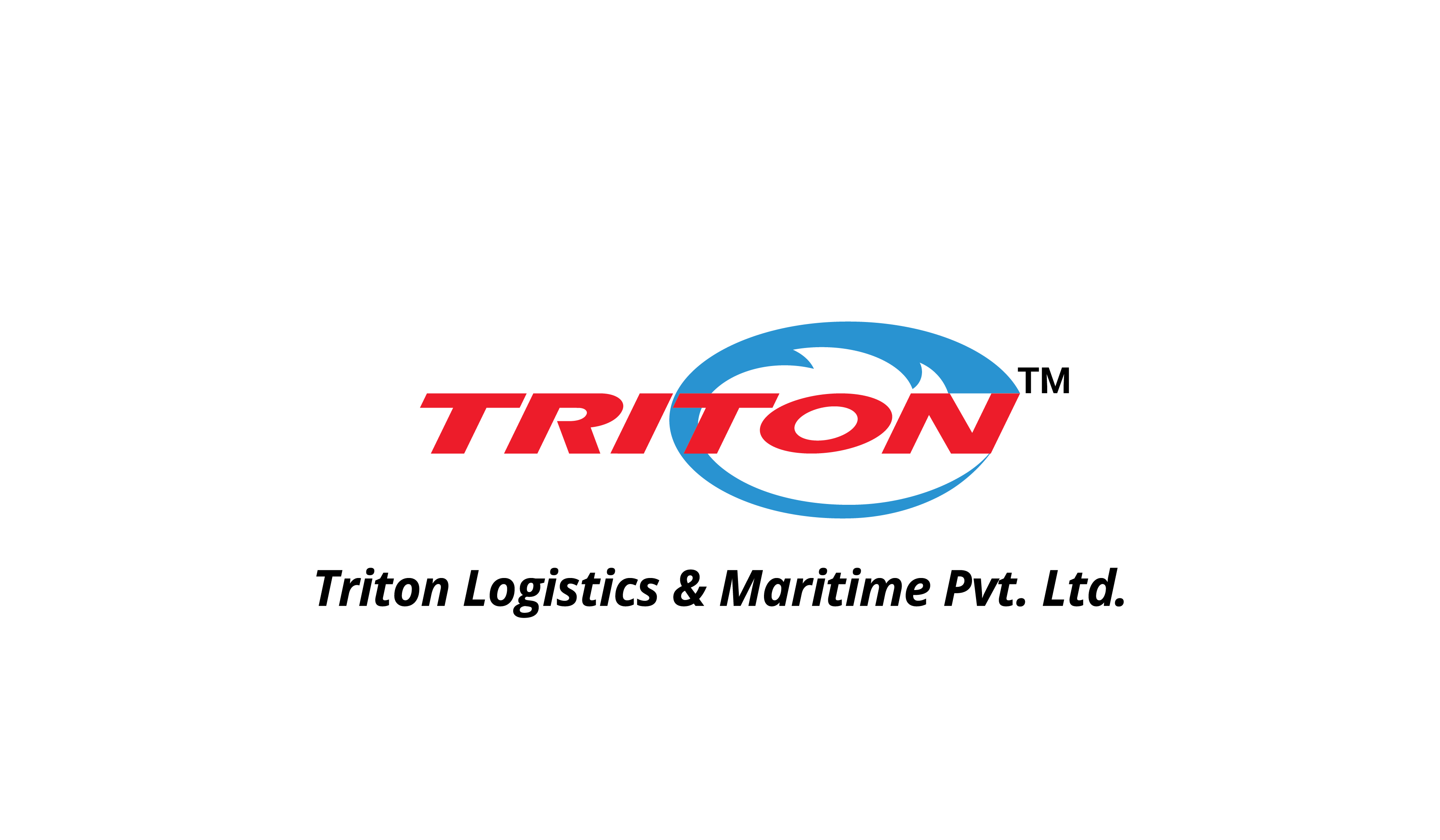The world of international trade thrives on air imports. But before your shipment lands and lands you a big win, there’s a crucial hurdle: customs clearance. Fear not, aspiring logistics professional! This guide will equip you with the knowledge to decipher air import documentation and navigate customs like a champ.
The Customs Clearance Quartet:
Bill of Lading (BOL) or Air Waybill (AWB): Consider these your tickets to customs clearance. They act as proof of ownership and contain shipment details like origin, destination, goods description, and weight.
Commercial Invoice: This trusty document resurfaces! It provides a detailed breakdown of the shipment’s value, including product descriptions, quantities, and incoterms. Ensure it matches the information on the BOL/AWB to avoid discrepancies.
Packing List: Remember your packing list friend from air exports? They’re back! This detailed inventory of your shipment’s contents is crucial for customs to assess duties and taxes accurately.
Entry Documents: These vary by country but typically include customs declarations and forms specifying the goods’ value, intended use, and Harmonized System (HS) code, a unique identifier for traded goods. Understanding HS codes is essential for proper classification and duty calculation.
Knowing When to Call for Backup:
While these core documents are essential, navigating import regulations can get intricate. Here’s when to consider seeking help:
Complexities Abound: Are you dealing with sensitive goods, high-value items, or countries with strict import regulations? Don’t hesitate to consult a customs broker. Their expertise can save you time, money, and hassle.
Classification Conundrums: HS codes can be tricky. If you’re unsure about classifying your goods, a broker can ensure you select the correct code to avoid delays or penalties.
Technology: Your Paperwork Partner
Just like with air exports, many customs agencies and freight forwarders offer online platforms to facilitate documentation and clearance. Utilize these tools! They can significantly reduce processing time and keep you updated on your shipment’s status.
Air Import Docs: Key to a Seamless Landing
Understanding air import documentation is a valuable skill for any aspiring logistics professional. By familiarizing yourself with these key documents and recognizing when to seek expert help, you’ll be well on your way to ensuring a smooth customs clearance process for your air imports. Remember, meticulous documentation is the key to a successful import journey!




